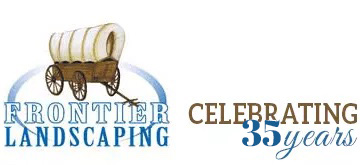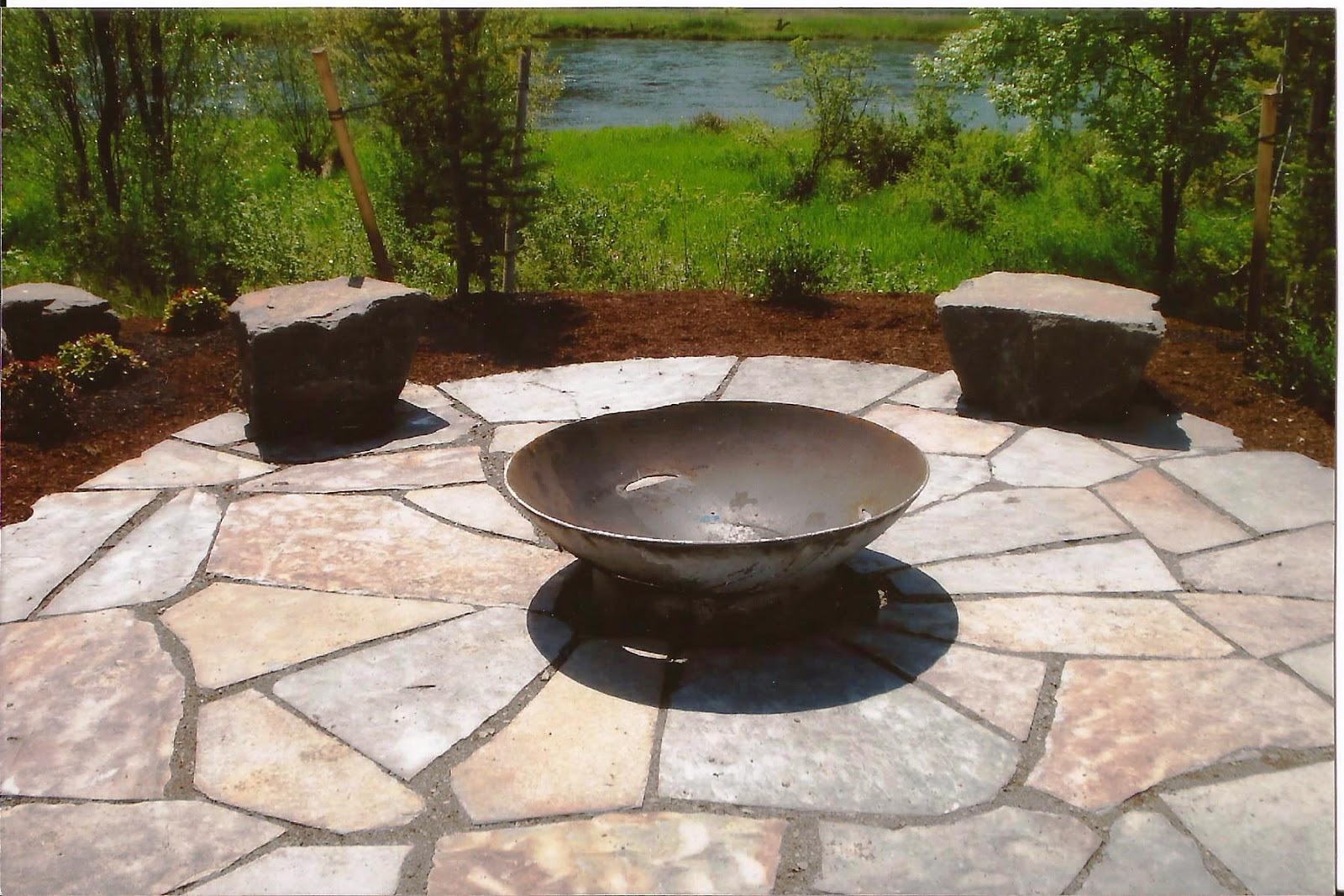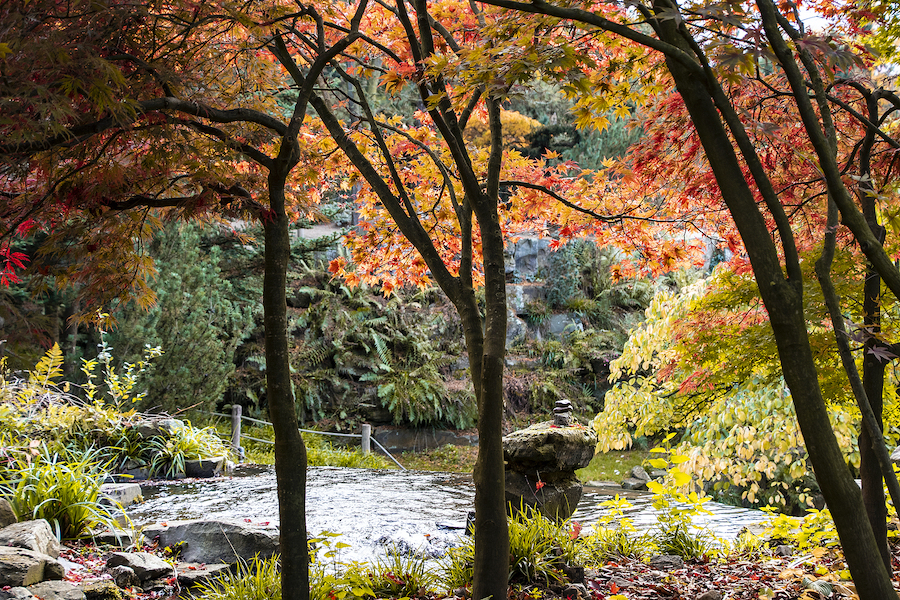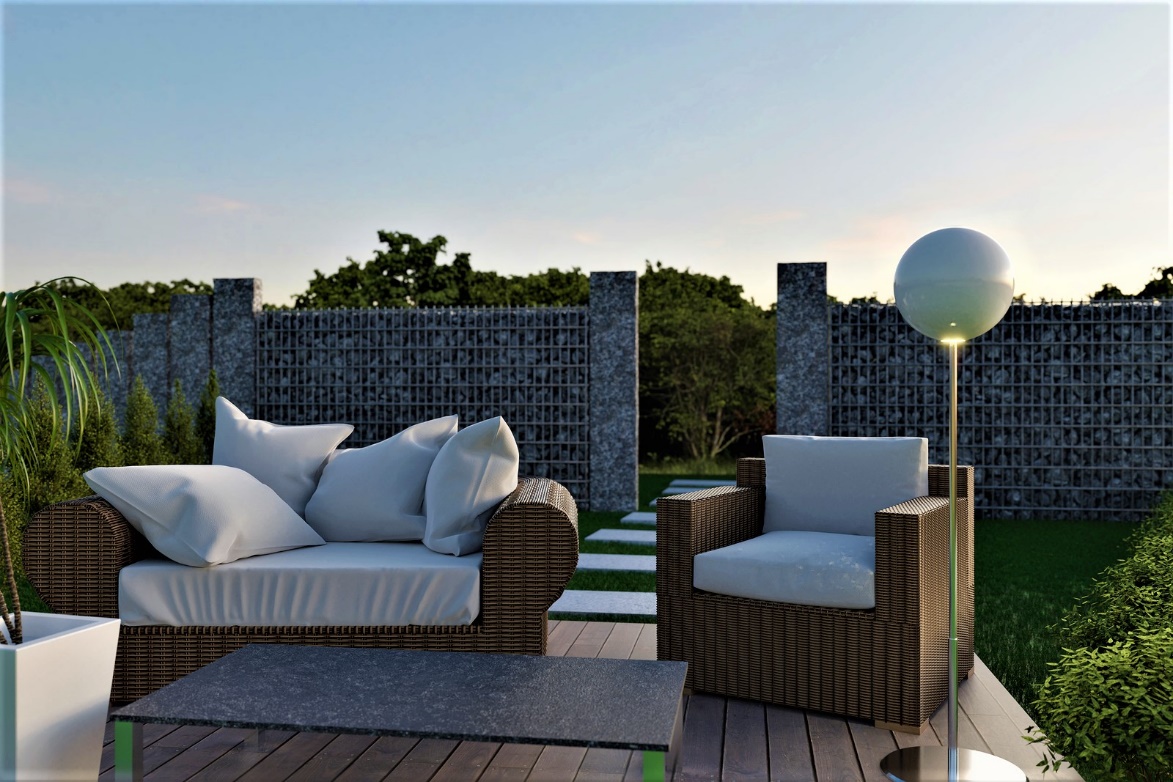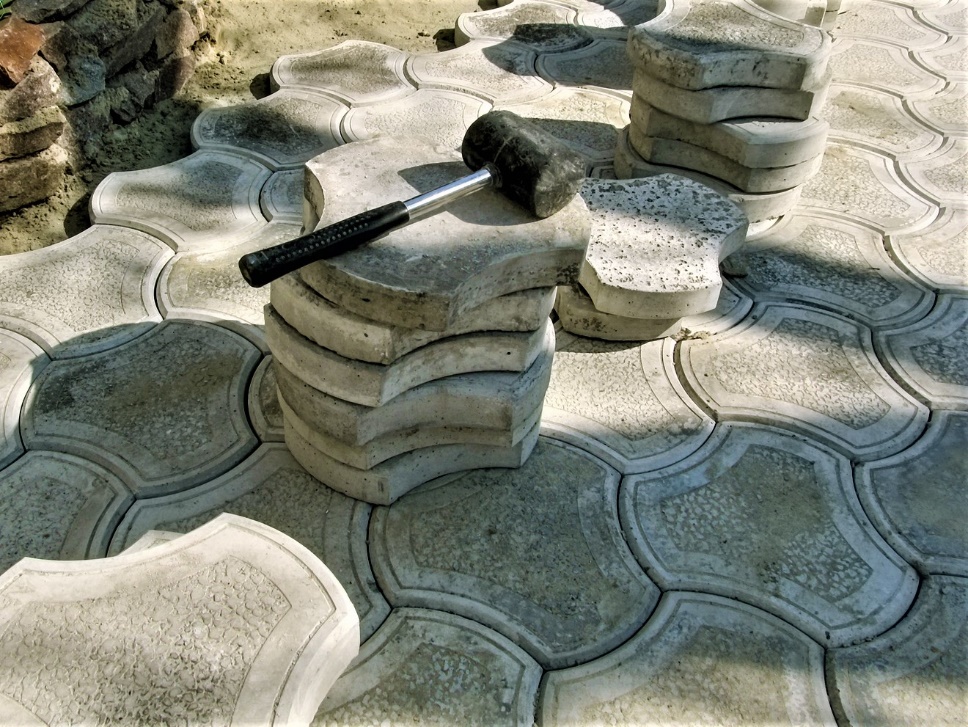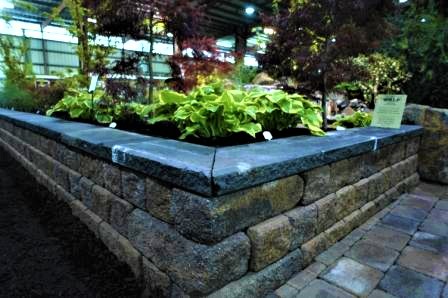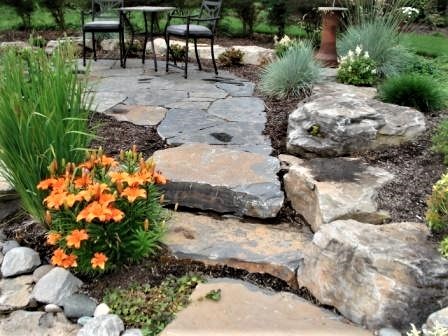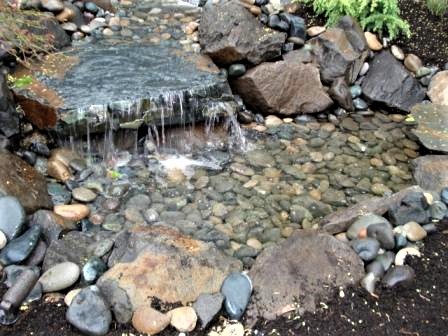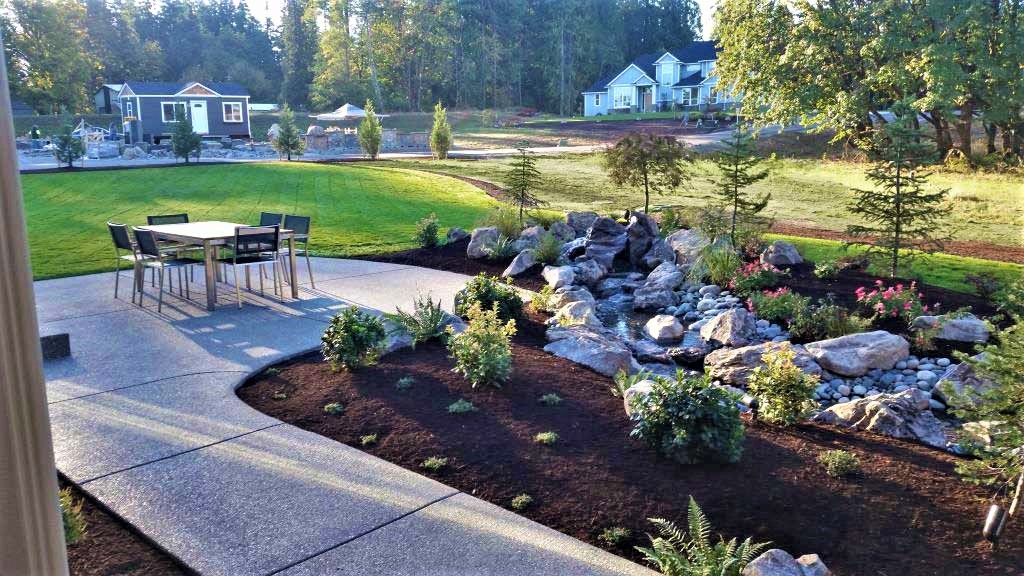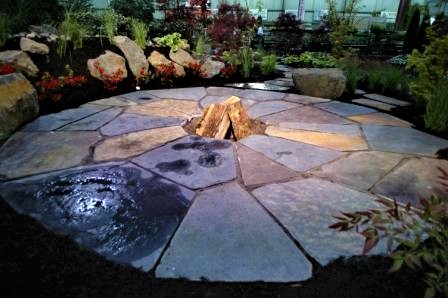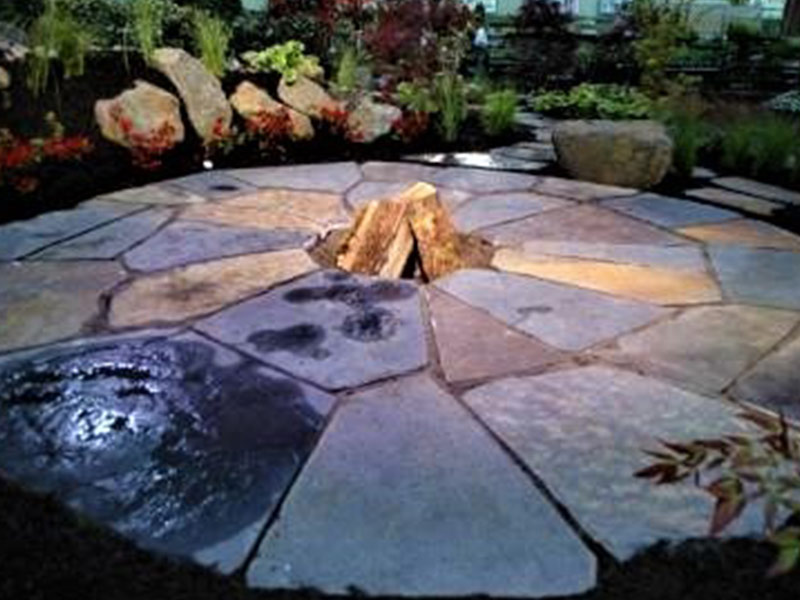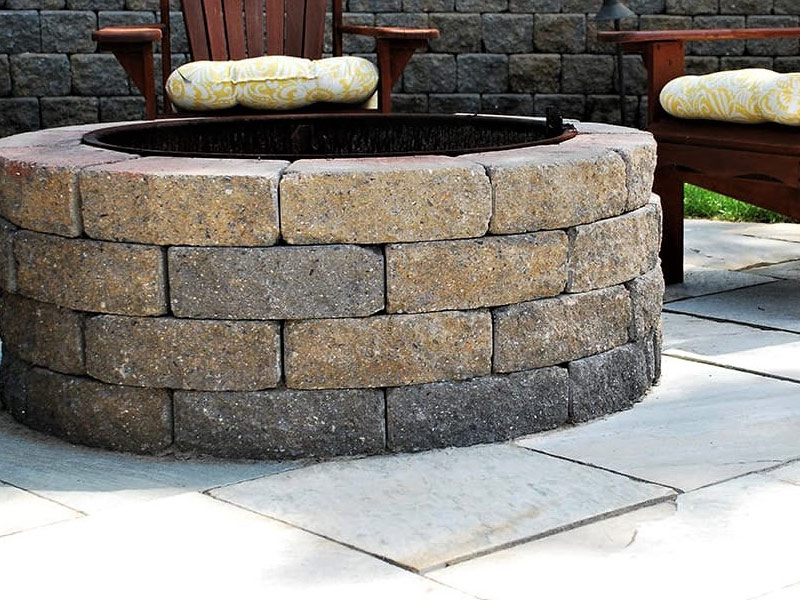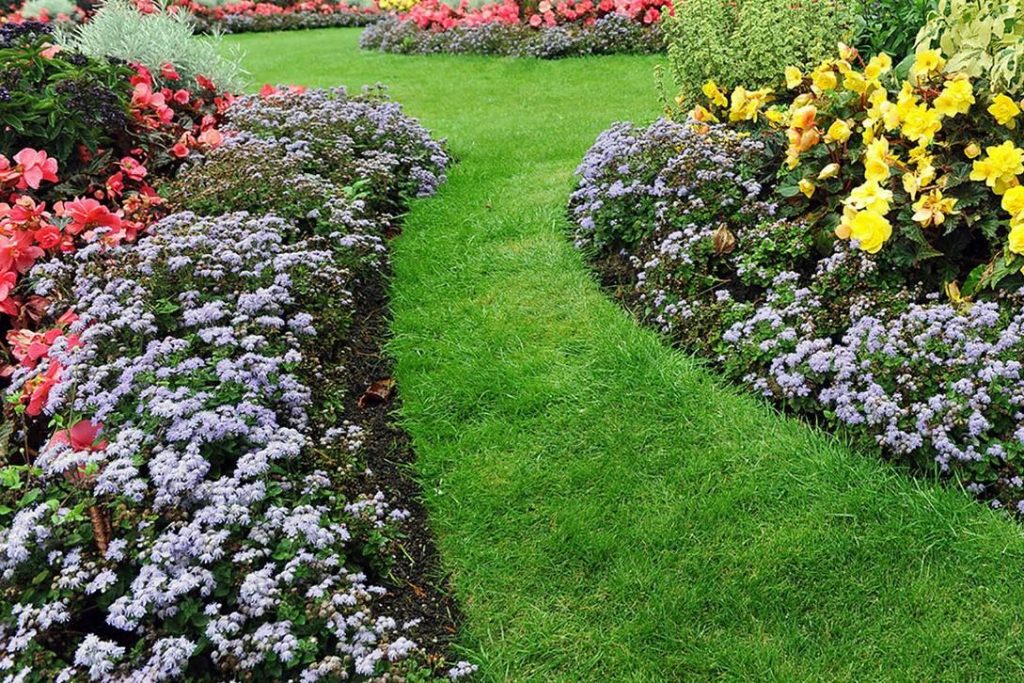
Fall-Blooming Perennials for PNW Gardens
As we head into fall, many plants are coming to the end of their flowering season. It’s a good idea to make sure that you are planting a few late season perennials that will bloom well into the fall.
Here are some beauties you may want to consider adding to your perennial borders to give your landscape interest and color in autumn.

Geranium ‘Rozanne’ (Rozanne Cranesbill Geranium)
‘Rozanne’ is one of the hardiest geraniums and has a long, extended bloom time from late spring to late fall (first frost). ‘Rozanne’ is a champion, with its plentiful, unusual blue-purple blooms highlighted against deeply divided, attractive mid-green foliage. Geranium ‘Rozanne’ grows quickly up to 20” tall and can spread up to 24” wide, and as such makes a great groundcover.
This plant likes rich, moist, well-drained soil that is neutral or slightly alkaline. It performs well in part sun but can appreciate some afternoon shade in hotter areas. It pairs well with Acorus (Japanese flag grass) or Achillea ‘Moonshine’, when planted in the landscape. The soft yellow leaves or flowers contrasting with the bright purple flowers. The benefit of this geranium is that it is self-cleaning and requires no dead-heading, making it a truly low maintenance plant. Attractive to bees. Moderate water needs.

Anemone x hybrida (Japanese Anemone)
The Japanese anemone is an essential fall-blooming perennial. There are many elegant hybrids of Japanese anemones available that are usually either white or pink or a mix of the two. Their time to shine is truly in the fall! They spread by rhizomes and can take over an area, so it’s best to give them plenty of space, although it will take them 1-2 years to establish. Depending on the hybrid, they reach approximately 1-3’ tall and 1-2’ wide.
Japanese anemones like partial shade but will become too leggy with too much shade and will wilt in the hot afternoon sun. They are perfect for Japanese- and Asian-inspired gardens. The hybrid ‘Honorine Jobert’ has truly white, big, graceful flowers with yellow centers that glow in dappled shade locations. ‘September Charm’ is a beautiful, light pink hybrid, which has huge flowers and is attractive to butterflies. Anemones like rich, well-drained soil that shouldn’t dry out. Regular, seasonal applications of compost will keep this plant happy. Moderate water needs. Relatively disease and pest free. Deer and rabbit resistant. The leaves can develop some powdery mildew if planted in too much shade.

Rudbeckia hirta (Brown-Eyed Susan)
Brown-eyed Susans are a classic fall-blooming perennial in Pacific Northwest gardens. Their long bloom time reaches well into fall (June-September), ensuring that this plant is a staple to plant along a path in your landscape. Rudbeckia is in the Asteraceae family and has the typical aster disc center with orange-yellow ray flowers surrounding it. They typically reach 2-3’ tall and 1-2’ wide.
Brown-eyed Susans are attractive to pollinators, specifically butterflies. These flowers like full sun, rich soils, and moderate water. They should be regularly deadheaded to get the best performance of a long bloom period.
There are a great many exciting cultivars available to bring some variety into your garden. It is worth browsing in a local nursery to find the ones you like best. Rudbeckia hirta ‘Moreno’ has an effective contrast of deep burgundy on the inner part of the petals and orange on the outside. Rudbeckia triloba ‘Prairie Glow’ has two-tone petals of maroon and a lighter reddish pink.
Contact Frontier Landscaping for more information and help with selecting and adding perennials and other plants to your garden.
